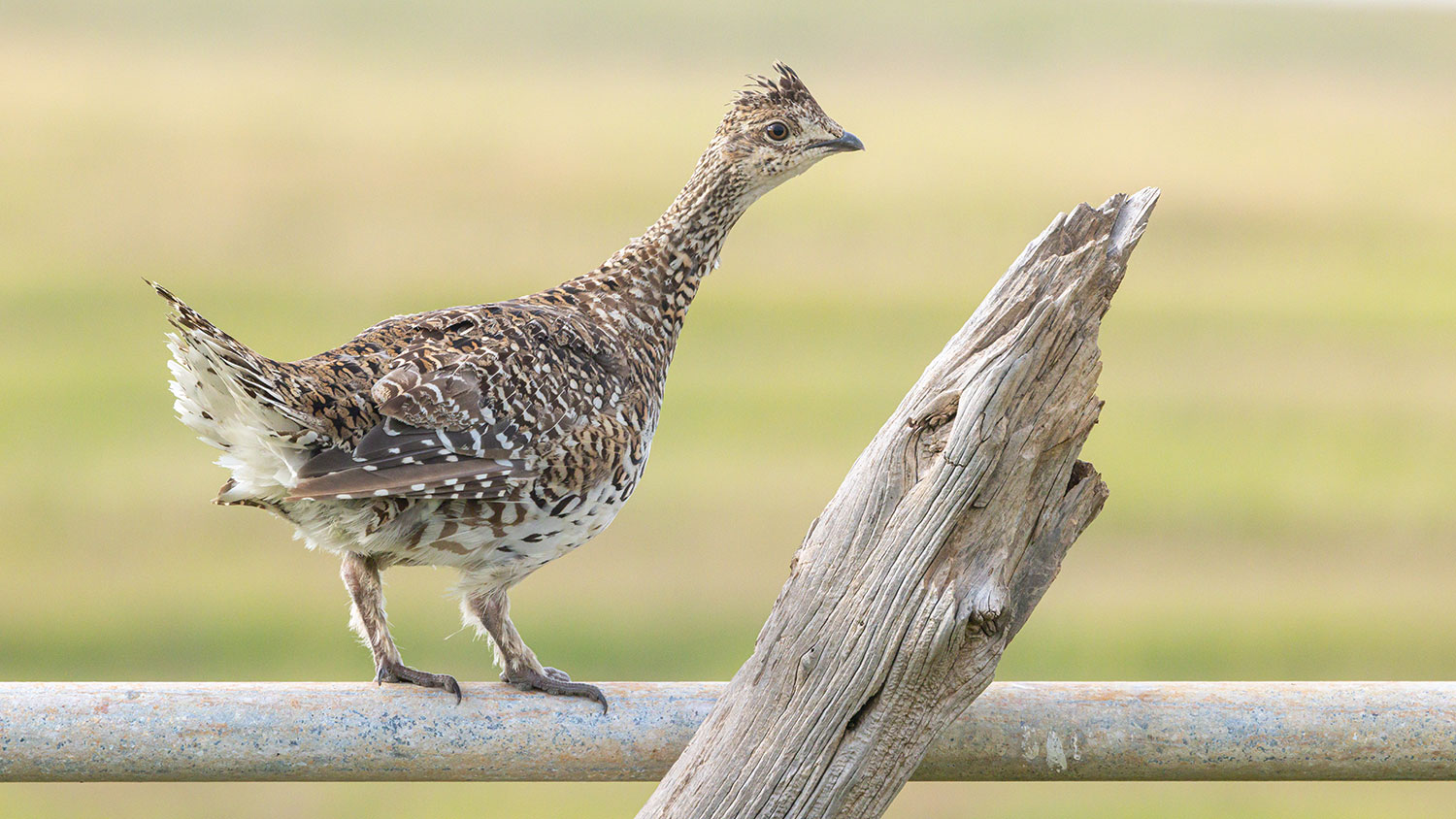I don’t know much about cicadas.
What I do know is that when they show up, and it’s not every summer, I can find them in the same trees just over the back yard fence. If I stand there long enough, I can eventually spot a few between the confusion of leaves and limbs, hanging out on branches doing whatever it is that they do.
They’re big, noisy bugs, nosing close to a couple inches in length, I’m guessing. They’re impressive enough that if they had means and drive to do it, they could take over parts of Burleigh County. Short of that, they could at least freak people out a little.
Years ago, when I was fishing in Wyoming, a local fly shop owner said we couldn’t leave his establishment without buying some foam cicada imitations. They were sparsely tied and as big as those pink erasers we gripped in our little hands in grade school. I thought they were a joke, and I was in on the gag for buying a couple.
I wished I had bought more. They rode like wine corks atop the confusion of currents and were often pulled under by unquestioning cutthroat trout as long as my forearm and pretty as could be.
Anyway, my gig with cicadas is that while they show up in summer, they remind me of fall. Maybe it’s because they’re relatively short-lived, much like our summers, which nudges my thoughts to the promise of fall.
Despite a winter that came unforgivably early and surrendered unforgivably late, fall is stacking up to promise more than we imagined months ago when reports of dead deer, and a disbelief of how much of anything with fur or feathers could survive such nonsense, dominated the chatter.
Game and Fish Department biologists have indicated, with nine days remaining in the late summer roadside brood counts, good things this fall for pheasants, sharp-tailed grouse and Hungarian partridge.
This news, while certainly welcome, is a headscratcher for anyone who wandered rural North Dakota last winter and witnessed pheasants, in what appeared to be a losing effort, trying to scratch out a living in the few areas where habitat and food weren’t buried under feet of snow.
Considering runoff from all that snow, and timely rains that followed in some areas of the state, the promise of good waterfowl hunting opportunities are in the air as this year’s fall flight is expected to be better than last year, considering the number of broods observed during the Department’s July brood survey was up 79% from 2022, and 88% above the long-term average.
Unfortunately, there’s no word from wildlife experts on the status of squirrels in our state as we head into fall, but I promise to find out.


